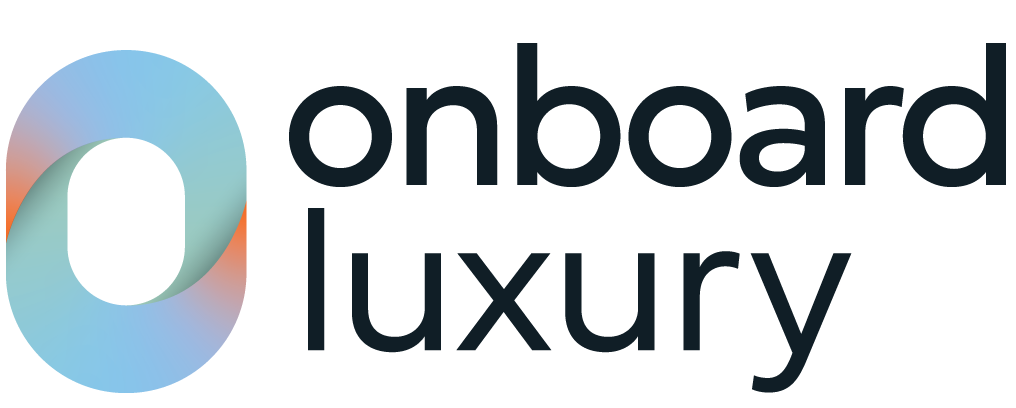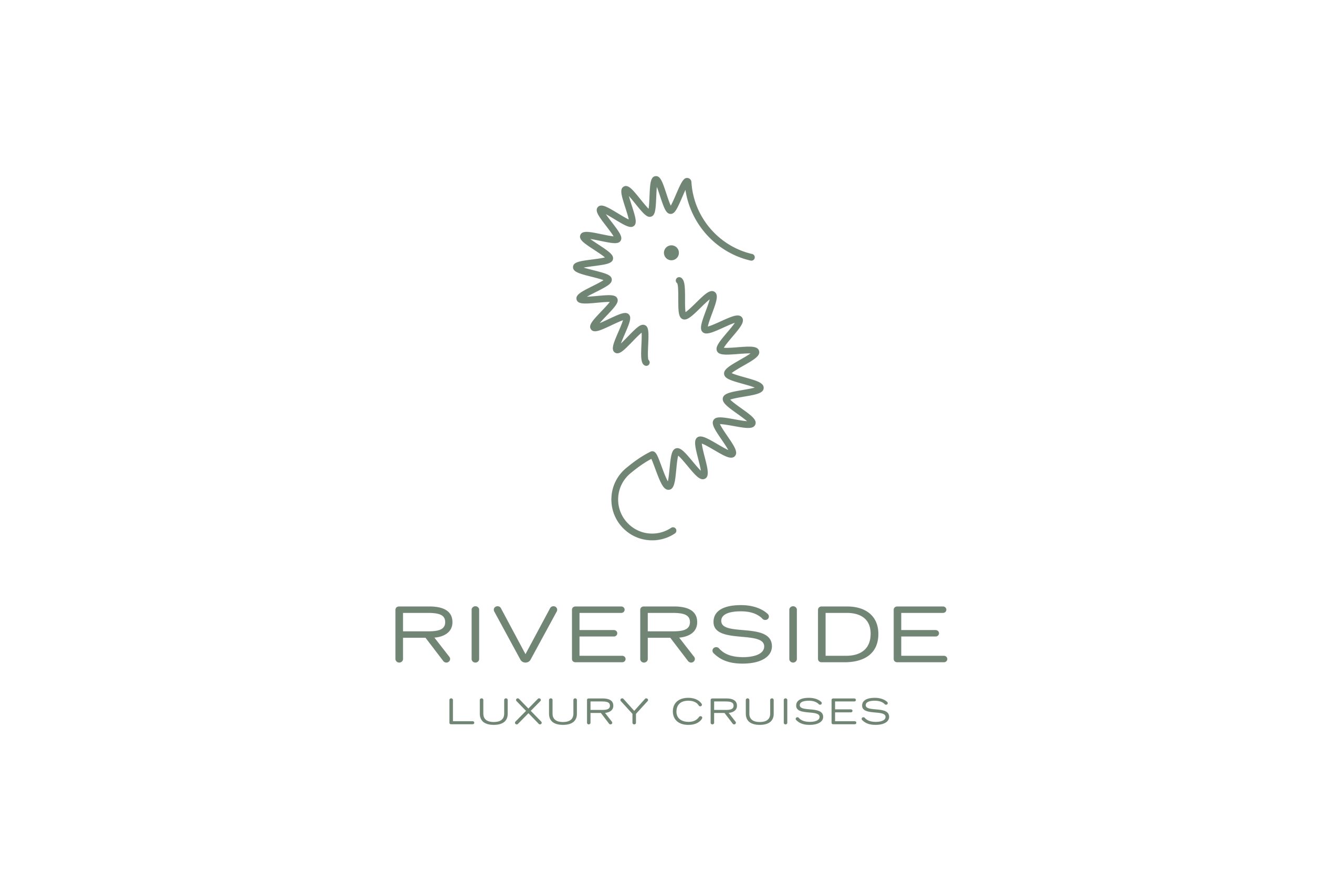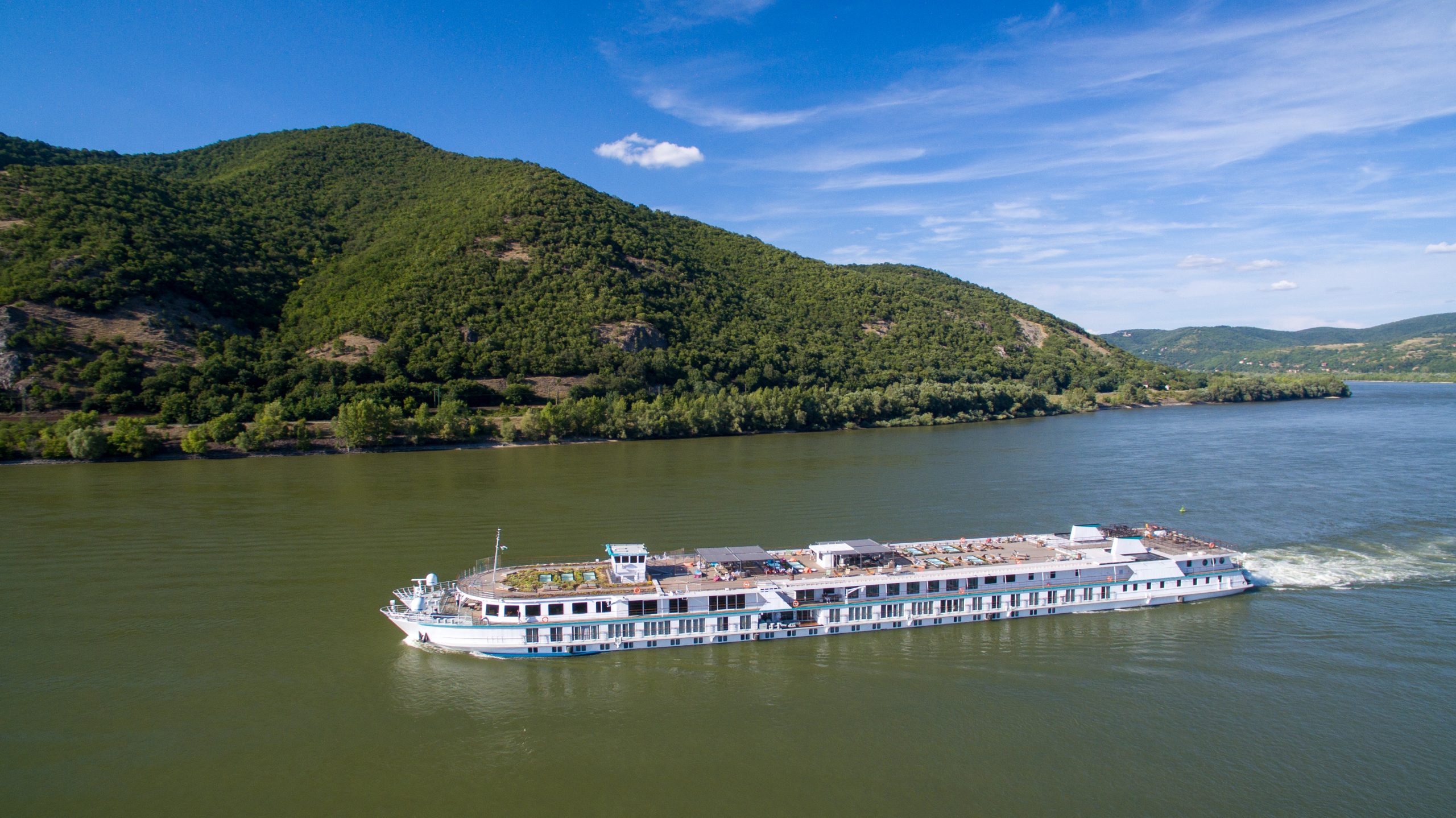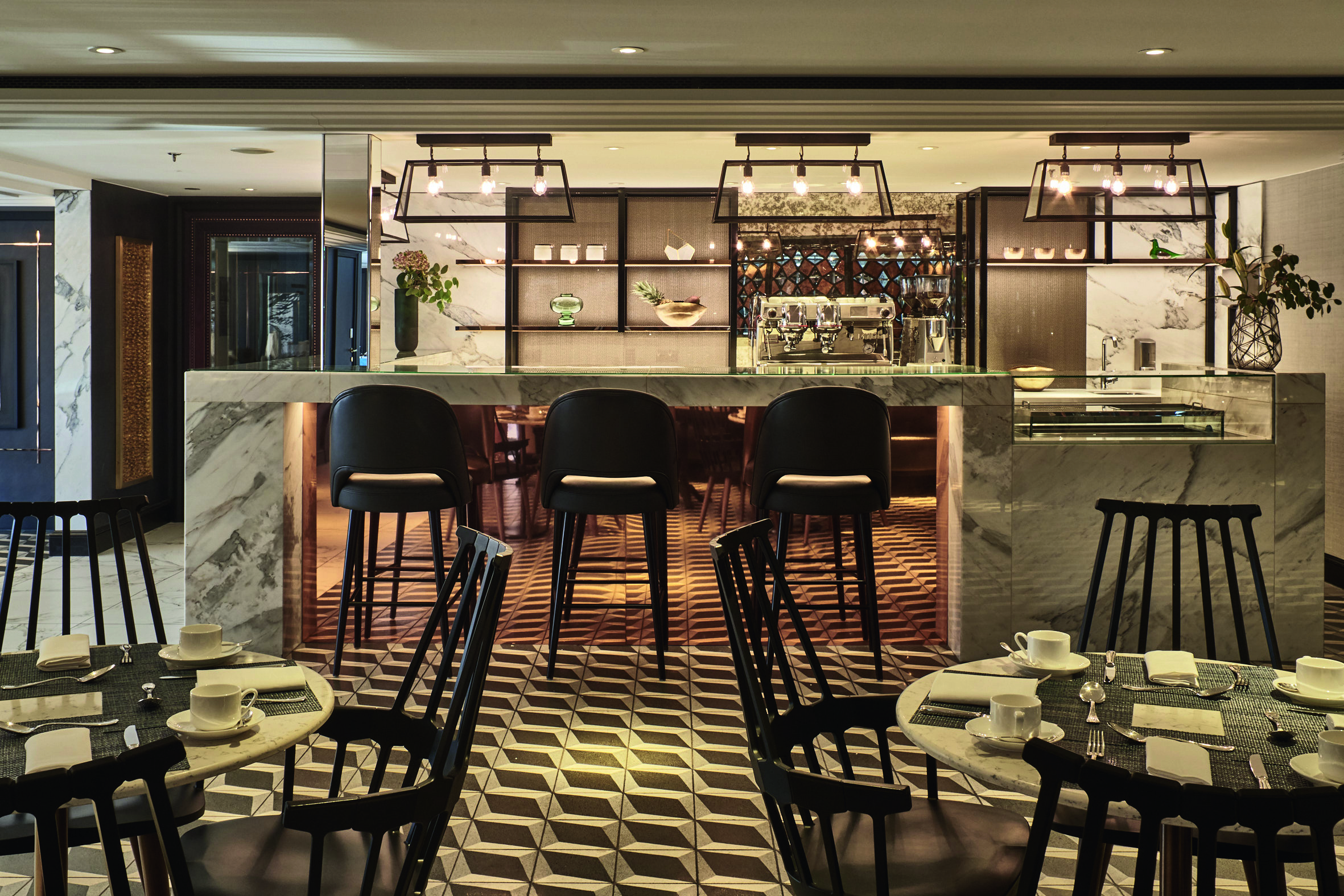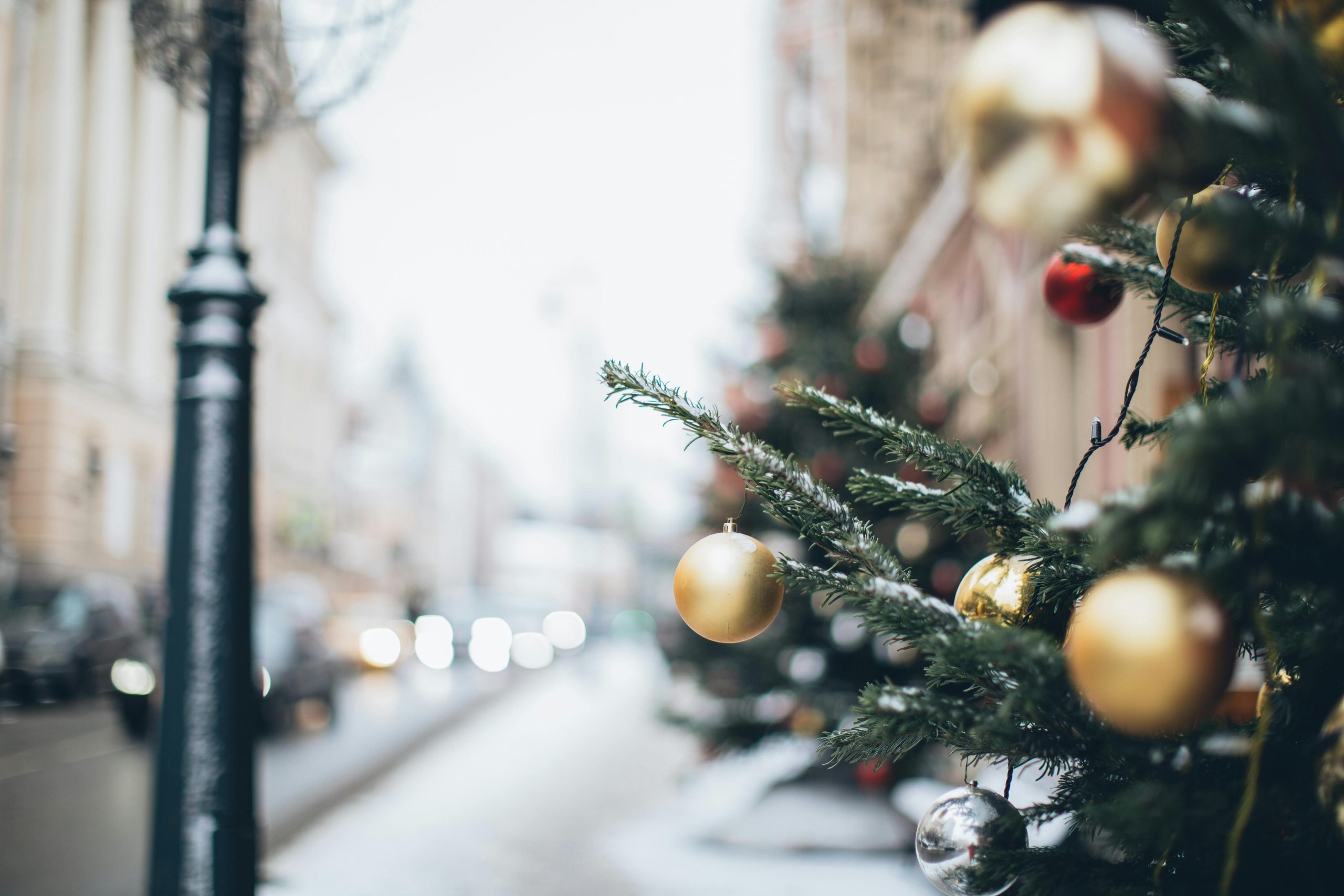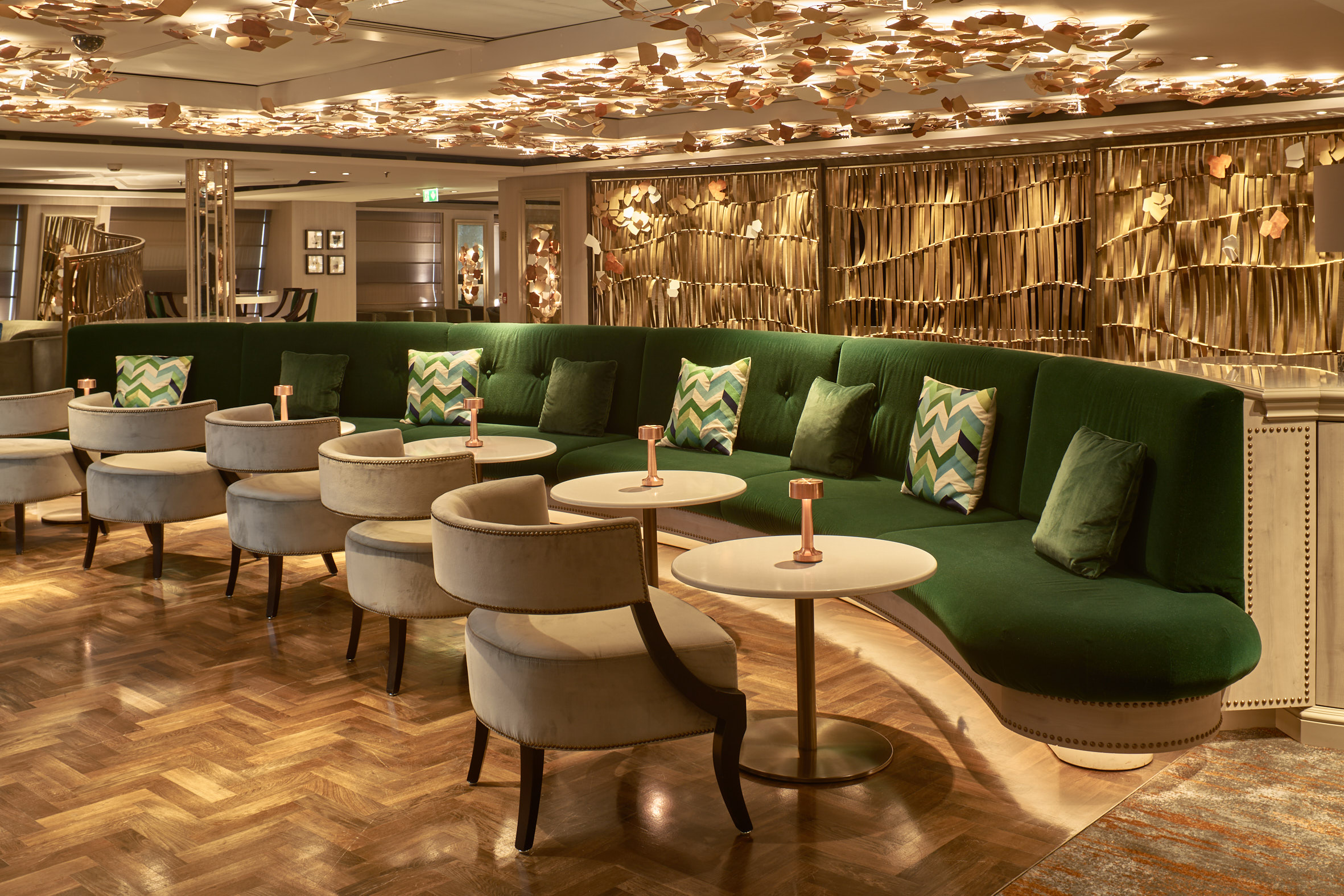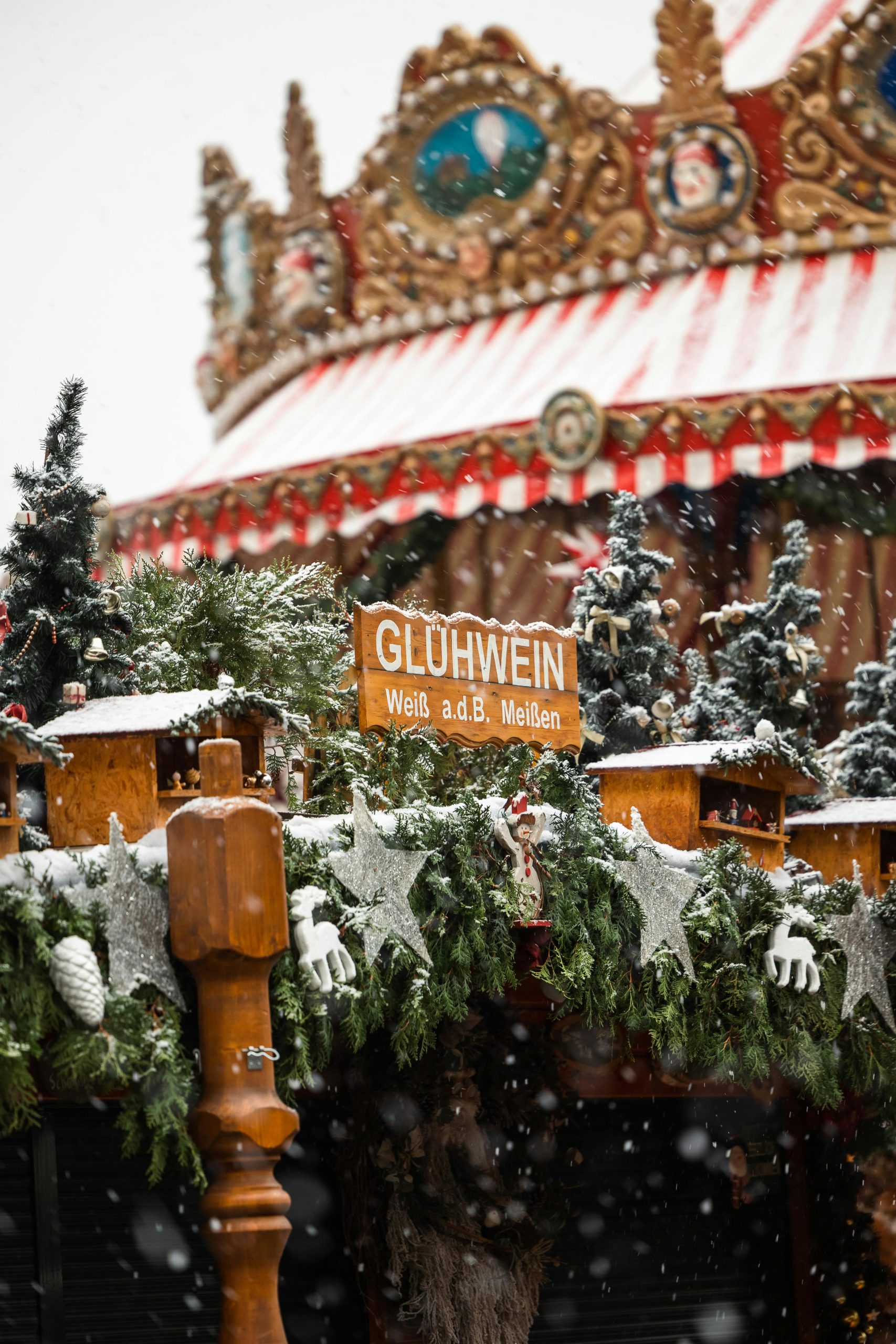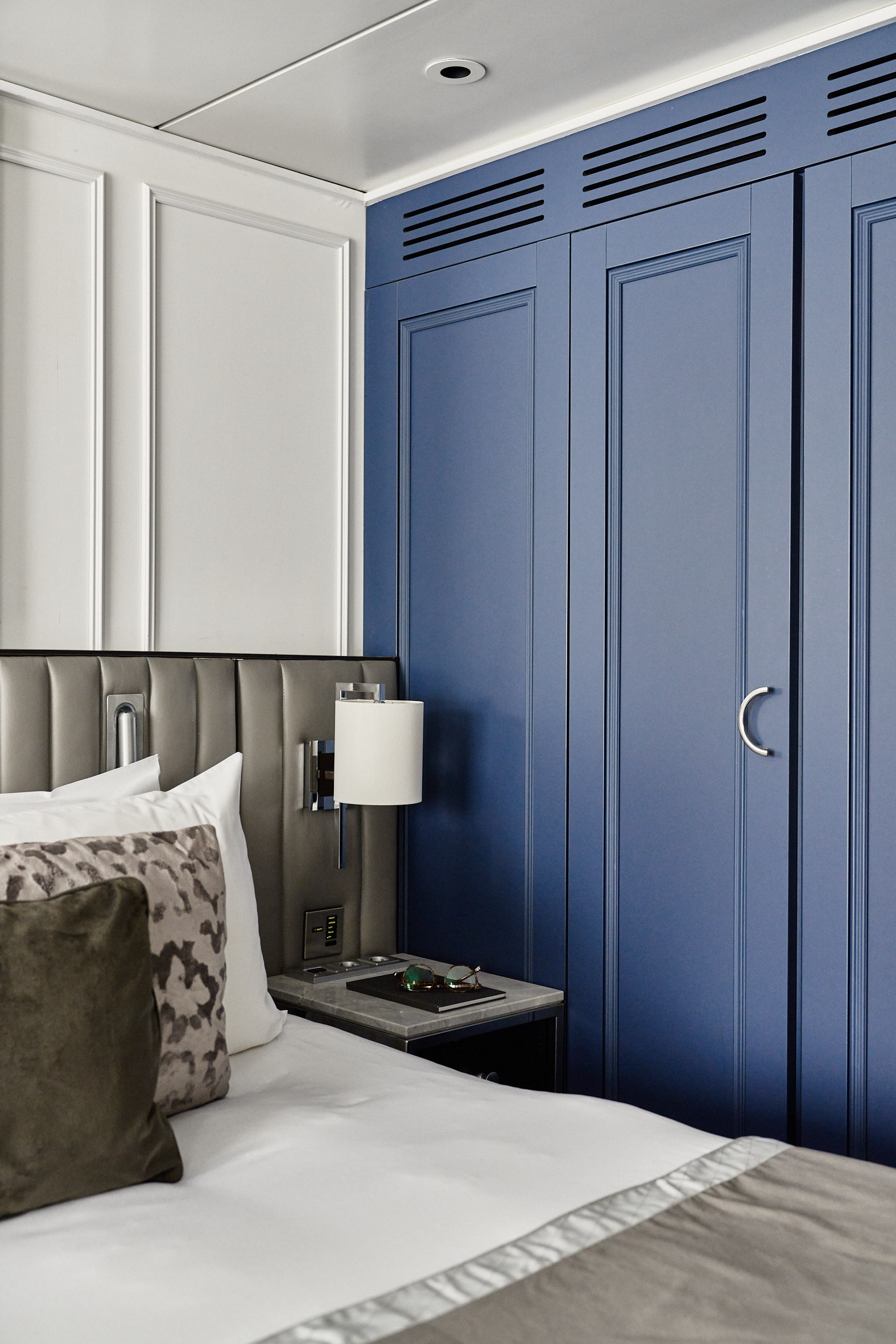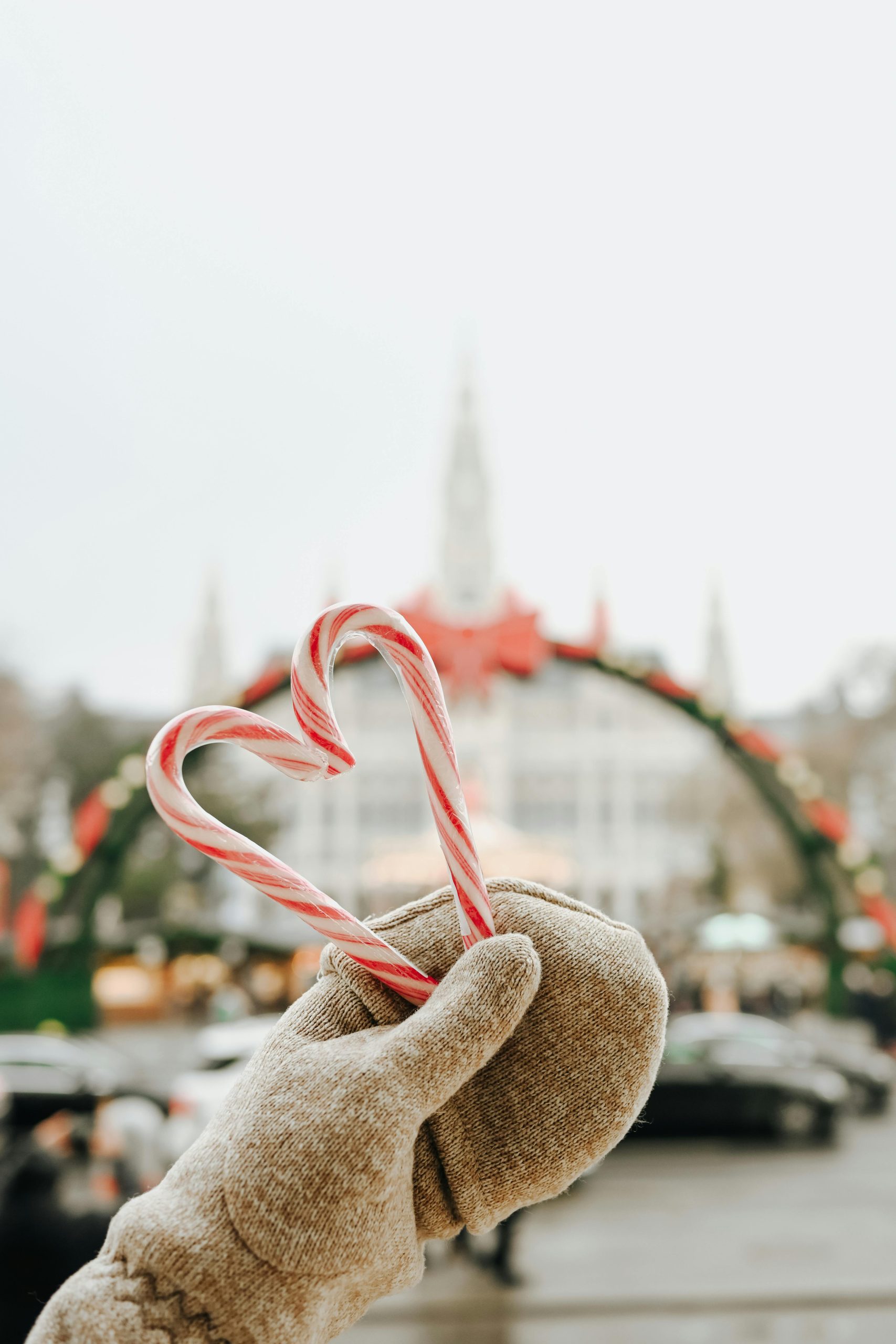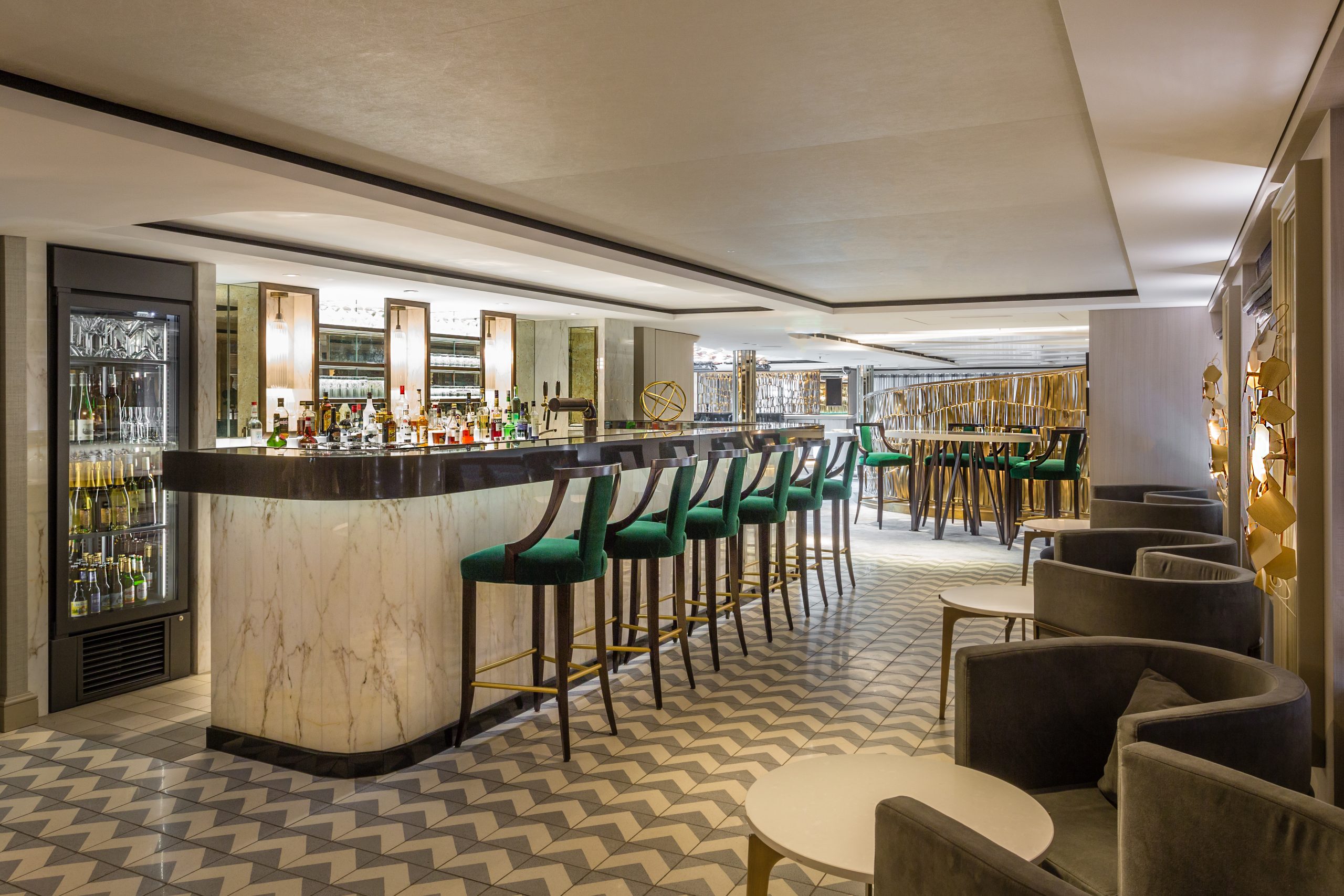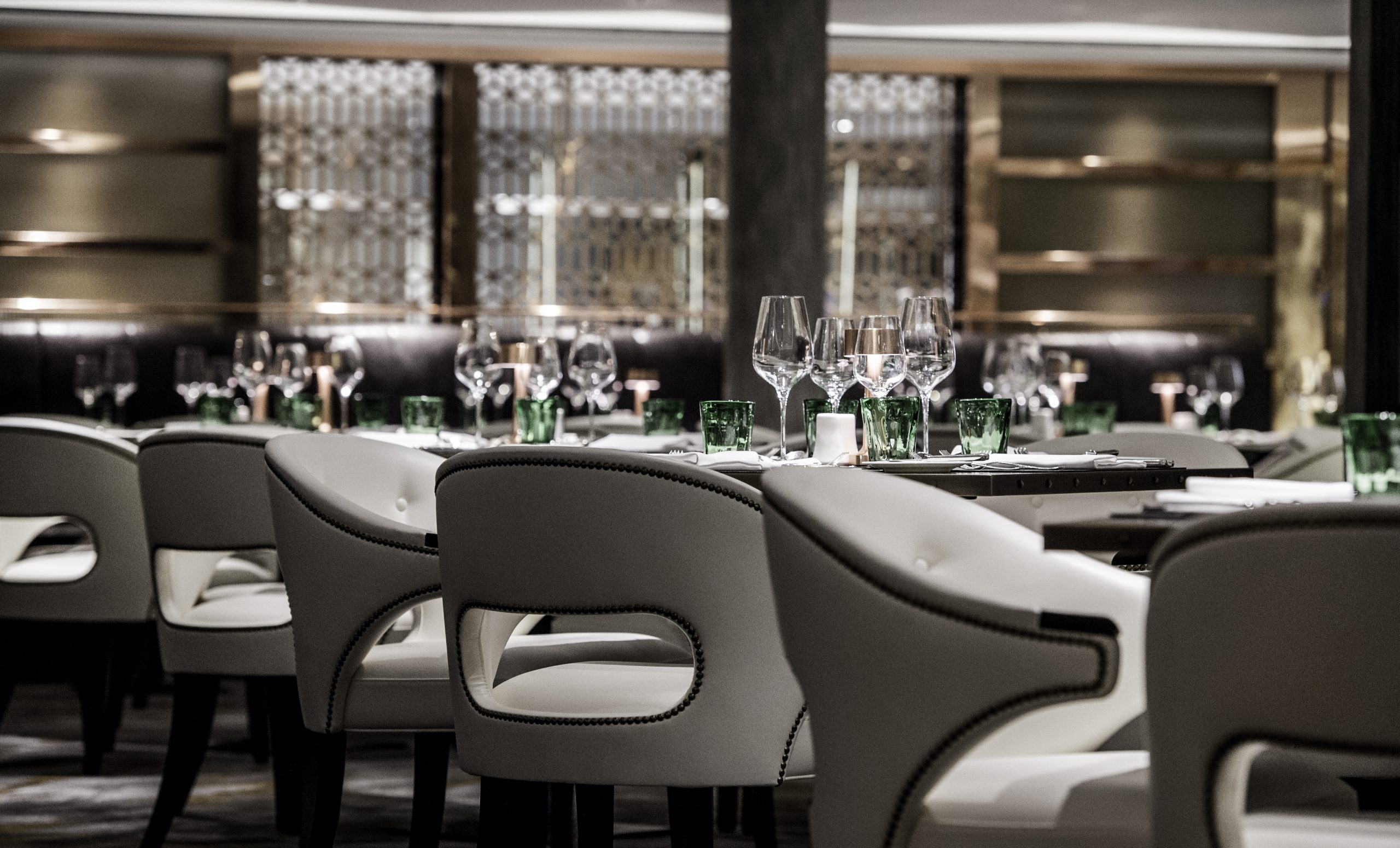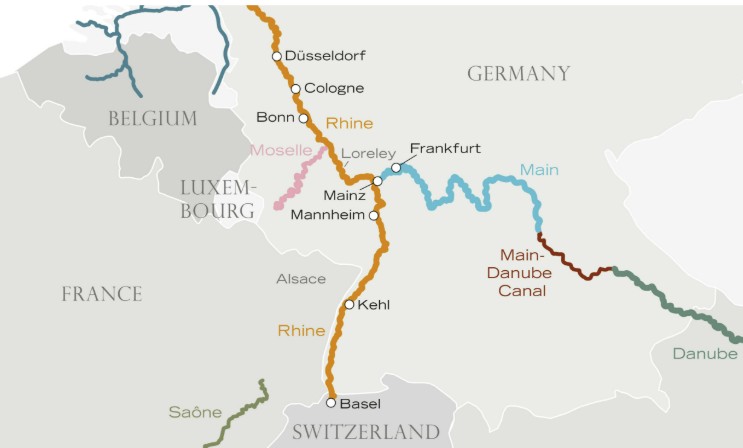DAY 1 – DUSSELDORF, GERMANY
Proud international hub of business and finance, Düsseldorf is ranked the sixth-most-livable city in the world, but it wasn’t always this way. It started as the marshland home of Germanic tribes before small farming and fishing settlements began cropping up in the 7th century. Today’s highlights include the harbor, Gothic St. Lambertus Church with its twisted tower, the palace tower, and Germany’s oldest inland navigation museum. Meanwhile, the 200-year Altbier tradition makes a taste of the copper-colored brew feel like sipping a piece of history.
Meals Included: Dinner
DAY 2 – KOBLENZ & RUDESHEIM, GERMANY
Koblenz, founded by the Romans as Confluentes (‘confluence of two rivers’), lies at the meeting point of the Rhine and Moselle. Its strategic position made it both a thriving trade hub and the site of frequent battles, prompting the construction of strong medieval fortifications that can still be seen today. Visitors are drawn to its river scenery, the mighty Ehrenbreitstein Fortress, the Deutsches Eck monument, and the charming Old Town with its half-timbered houses.
Deep in the heart of the Rhine Gorge is the romantic wine village of Rüdesheim, one of the river’s most popular ports. Home to some of Germany’s finest vineyards, Rüdesheim is particularly famous for its Riesling, as well as its signature coffee made with German brandy, whipped cream, and chocolate shavings. Highlight attractions include the cable car up to the Niederwald Monument, which commemorates the unification of Germany in 1871, and the atmospheric Drosselgasse, lined with gorgeous Old World architecture, boutiques, and countless cozy wine taverns.
Meals Included: Breakfast, Lunch, Dinner
DAY 3 – MANNHEIM & MAINZ, GERMANY
Situated where the Rhine and Neckar Rivers meet is Mannheim, nicknamed the Square City for its grid layout (unusual in Germany) and the City of Inventions—birthplace of the automobile, bicycle, tractor, and more. Mannheim Palace, whose facade stretches the length of more than four football fields (437 yards/400 meters) is truly impressive, and is the second-largest Baroque palace after Versailles. Other highlights include the landmark water tower, Old Town Hall, St. Sebastian Parish, Mannheim Port, and more!
What do the Romans, Johannes Gutenberg, medieval Ashkenazi Jews, the French revolutionary army, WWII air raids, and Carnival have in common? Their associations with Mainz! The Old Town’s narrow, winding lanes pass by the places where 2,000 years of history have been written: half-timbered and patrician houses, the 13th-century Iron Tower, Electoral Palace, and thousand-year-old Mainz Cathedral. In addition to the historical, also has a long tradition of wine cultivation, so sampling a glass is a wonderful idea!
Meals Included: Breakfast, Lunch, Dinner
DAY 4 – FRANKFURT, GERMANY
Mainhattan—it’s a nickname that Frankfurt am Main has earned as home to more than 300 international credit institutions, the European Central Bank, and the Frankfurt Stock Exchange. But today’s bustling city has humble roots reaching back over 2,000 years, and a turbulent fate during WWII that saw bombing of much of its historic architecture. Post-war, Frankfurt rebuilt and is now a blend of modern skyscrapers and rebuilt treasures.
Meals Included: Breakfast, Lunch, Dinner
DAY 5 – SPEYER, GERMANY
Situated on the left bank of the Rhine, just 13 miles southwest of Heidelberg, Speyer was founded by the Romans and is one of Germany’s oldest cities. At the heart of the city is its thousand-year-old cathedral, the largest preserved Romanesque cathedral in the world and a milestone in architectural history. It was here in the crypt that many German emperors and kings found their final resting place. The Baroque Rathaus (Town Hall) is also noteworthy, as well as the interactive Technik Museum with its spectacular land, air, water, and space exhibits.
Meals Included: Breakfast, Lunch, Dinner
DAY 6 – STRASSBOURG, FRANCE
If your travel Bucket List doesn’t include Strasbourg, it should! From the stunning gardens of Parc de l’Orangerie to the European Quarter, there’s something to see in every direction. This is where the EU Parliament, Council of Europe, and other international institutions are based, and where the Grande Île, the Old Town island framed by two river arms, leaves an unforgettable impression. The pink sandstone cathedral with its famous astronomical clock and canal-lined Petite France district are the very definition of Old World European magic.
Meals Included: Breakfast, Lunch, Dinner
DAY 7 – BAEL & HUNINGUE, FRANCE
There’s a point where Switzerland, Germany, and France meet—that point is the Swiss city of Basel. By the Middle Ages, Basel was a center of culture and commerce, and by the 15th century, it was an epicenter for the printing industry. In fact, it was here that the world’s first printed book was published. Today, Basel is known for its pharmaceutical industry, exciting art scene, impressive 13th-century Gothic cathedral, and its annual Carnival celebrations that attract visitors from around the world each February.
Meals Included: Breakfast
